My BFF Invited Me to Her Baby Shower, It Turned Into My Worst Nightmare

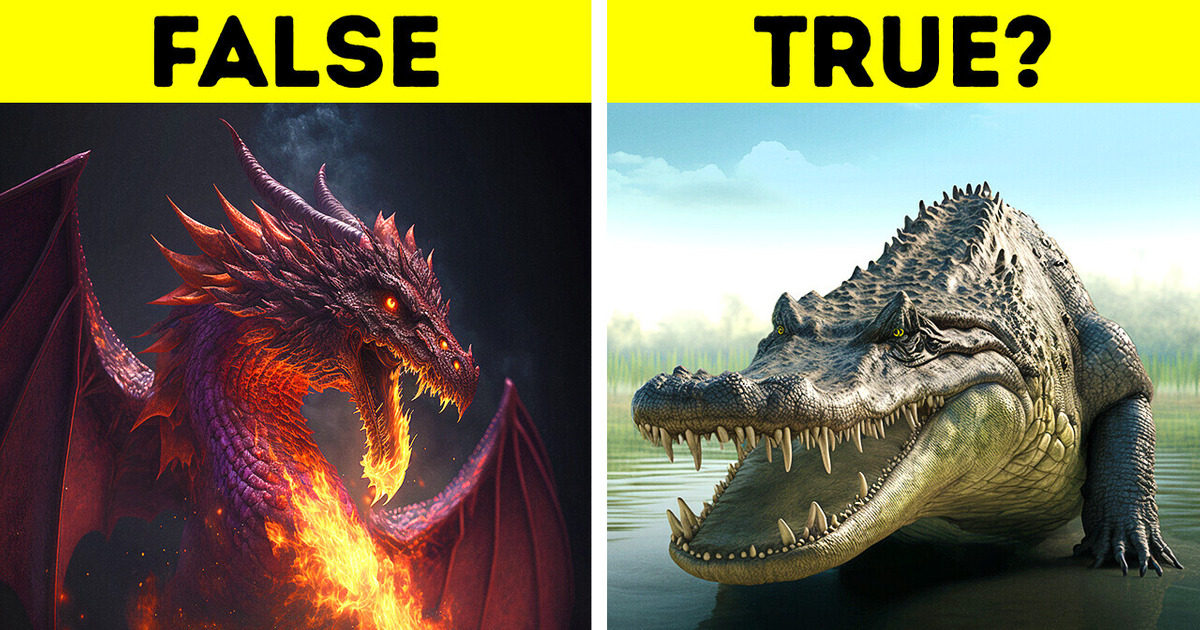
The legend goes that a dwarf named Fafnir was famous for his strength and courage. He was the son of a famous dwarf king. Because of his qualities, he was tasked with protecting their kingdom. Dwarfs were known to gather a lot of wealth, so a bit of added security was a must. I mean, they lived in a house made from gold and precious gems.
But Fafnir also had another special talent: he was able to shapeshift! Tricked by Loki, the Norse spirit of mischief, Fafnir was taken over by his greed and the shine of his father’s treasure. He decided he did not want to share any of it, not even with his father or his brothers. He stole it and ran away all by himself to a place he’d be hard to find: the middle of the desert.
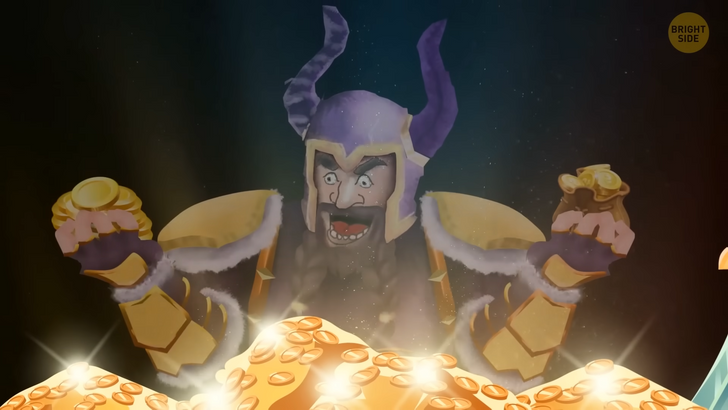
To protect his wealth, Fafnir transformed into a huge dragon. His new appearance looked like a huge snake, powerful and scary. His magical powers did not end there, though. Because the dragon couldn’t fly, he also spread poison all around his new home, so no one had a chance to survive if they wanted to take his gold away.
Fafnir was soon defeated by a young hero named Sigurd. The legend of Fafnir tries to explain why family is more important than greed. It also shows the many magical powers dragons possess. But the most interesting part is that it’s quite a good example of how dragons came to be in our tales.
But hey, this is just one of the many stories mentioning dragons. Just switch on your TV or peek into any bookstore, and you’ll surely stumble upon dragons somewhere. Variations of dragon-like creatures have been described in stories from all over the world, from Asia to Northern Europe. Most of these creatures are depicted with reptile-like bodies, wings, and claws. And the scariest trait of them all: they can breathe fire out of their mouths!
The name of these creatures comes from the Latin word ’draconem,’ which translates to ’huge serpent.’ But let’s take a trip down memory lane to see how it all started. An Asian historian, for example, discovered some fossils back in the 4th century BCE and decided that he’d stumbled upon dragons. It’s easy to understand why he got so confused if you look at a fossilized stegosaurus. It was 30 feet long, 14 feet tall, and covered in armored plates and spikes.
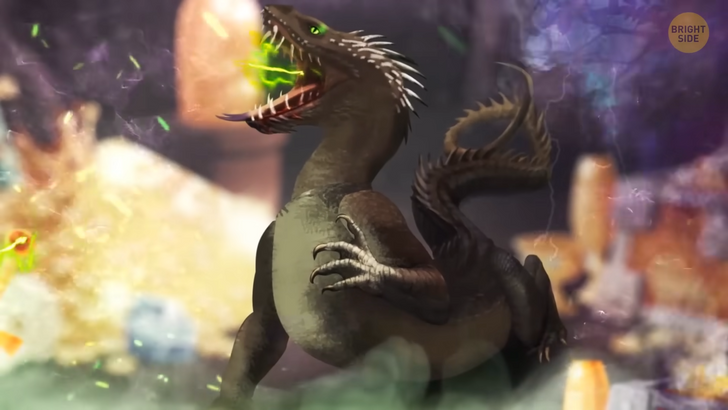
The Nile crocodile might have gotten mistaken for a dragon, too. It still exists today and lives in sub-Saharan Africa. But it may have been more popular in ancient times. When reaching maturity, Nile crocodiles can grow up to 18 feet long. But that’s not all: it can even walk with its body off the ground, and some were even pictured standing on their two back legs!
Goannas are dragon-like lizards that live in Australia. Large as they are, they also have razor-sharp teeth and claws and are known to even produce venom. It’s easy to see why goannas may be the source for the Australian version of dragons.
When humans first discovered whale bones back in the day, we had no idea these animals lived in the sea. Given their size, we surely must have thought they were dangerous. And because we rarely see whales (if we don’t go underwater, of course), they were poorly understood and easily mistaken for dragons, too. Probably the most interesting source of dragon mythology is actually the human brain.
In a book called “An Instinct for Dragons,” there was a theory which claimed that dragons existed in almost all ancient cultures because we had evolved to fear large predators to survive. We aren’t the only mammals to do this: monkeys have an innate fear of snakes and large cats, too, for example. When you combine these natural traits with folklore, you get a lot of dragon stories everywhere, adapted to each region.
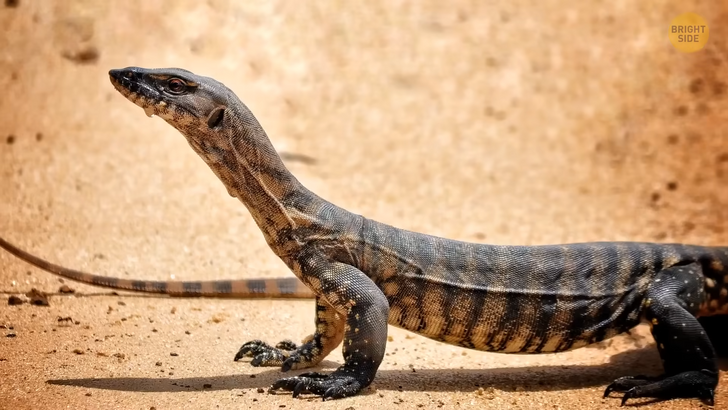
Reptilian beasts with magical powers date back as far as the origins of human civilization itself. I’m talking about ancient Mesopotamia. Humans back then used to believe in all sorts of creatures. But their head spirit was Marduk, the patron of the City of Babylon.
If you look at the artwork from back then, Marduk was depicted with a snake-like dragon at his side. It could be either nice or vengeful, depending on what mood it was in. If you want to sign up to become a dragon, the first thing they’ll ask you at the interview will be if you can breathe fire, of course. So, scientists have tried to look into some ways that could make it real for dragons to breathe out fire without damaging their throats. To do that, they examined the bombardier beetle.
This eccentric insect can pack up some really hot substances in its belly. Once the creature gets bothered by something, it shoots out a fiery load of chemicals. In all fairness, it’s not really fire, but it does burn — so it’s close enough. Going back to dragons, they’d need to have similar glands in their throats to produce the same effect.
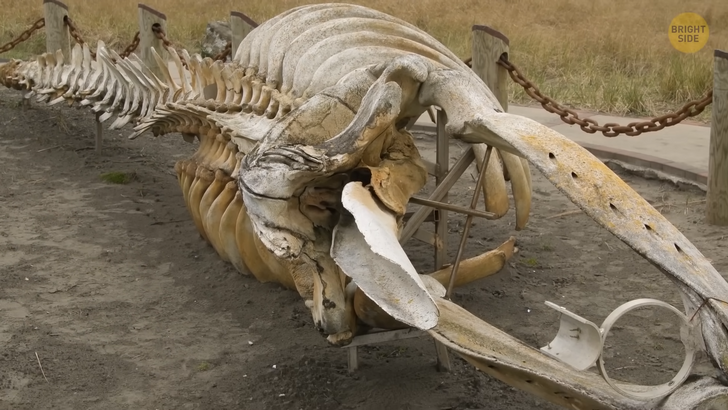
But where do dragons come from? They didn’t just appear out of nowhere, regardless of the source you consult. Some tales, like that of Fafnir, say that even humans can turn into dragons. But the most popular theory is that dragons start out as eggs.
Some sources even draft a series of stages a dragon has to go through during its life. Everything starts with hatching. Dragons are said to eat their way out of those shells and break the sides of the egg. Then there’s the wyrmling stage, which is what dragon specialists — or dragonologists if you like — call a newly hatched dragon. It’s still small and weak. But don’t worry, it can take care of itself pretty well.
The rest of a dragon’s life stages are pretty self-explanatory: there are grown-up dragons, then ancient ones. A dragon’s life ends when it reaches the twilight stage. Some sources claim dragons never stopped growing. Others even say they never reach the end of their lives; they just pass on to another type of spiritual existence.
Dragons are known to be the symbol of a lot of different things, but that all depends on their origin. In some regions of Asia, they are known to bring luck, power, and wealth. To become a powerful warrior in Britain, you’d need to first defeat a dragon. That’s why you often see them on flags.
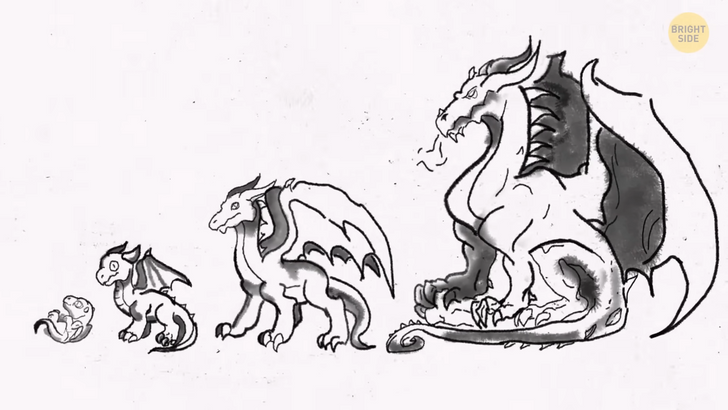
The flag of Wales, for example, has a large red dragon on a green and white background. Western stories aren’t as nice to dragons — they are often seen as evil and vengeful. Another myth associated with dragons is that they looove gold and precious stones. This greedy side of their temperament seems to date back to Ancient Greece, where dragons were tasked with guarding treasures. Some of these guarding dragons were seen in such tales as The Hobbit and in the Harry Potter series.
As for dragons’ magical abilities, they also vary a lot. Some were said to have blood with supernatural properties; some were rumored to be able to speak; others were famous for their wisdom. A lot of dragons in ancient literature could fly or shapeshift — even into humans.
Some real-life creatures got their names thanks to bearing a resemblance to dragons. Like the dragonfly that has more than 5,000 subspecies we know about. It got its name from folklore tales, as Europeans in the Middle Ages saw it as an evil insect. Dragonflies were accused of some really nasty things, like biting people’s eyes and mouths.
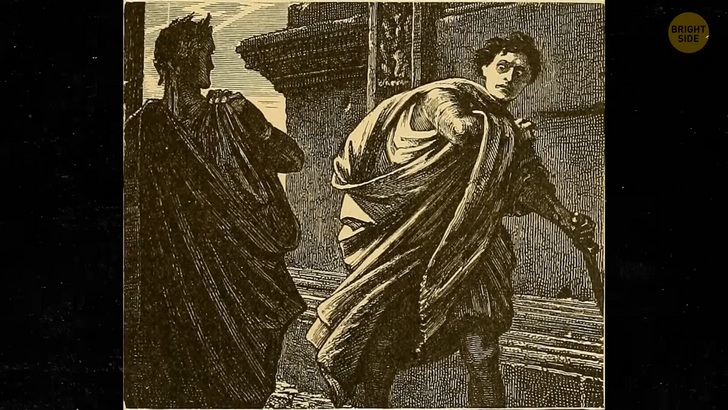
But the creature that resembles mythical dragons most is a reptile called the flying dragon. They’re seen in wooded areas of Southeast Asia.
They don’t really have wings, per se. But parts of their ribs are elongated to support some extra skin that allows them to leap through the air between trees. Those “wings” are also brightly colored and contrast with their brown bodies.











